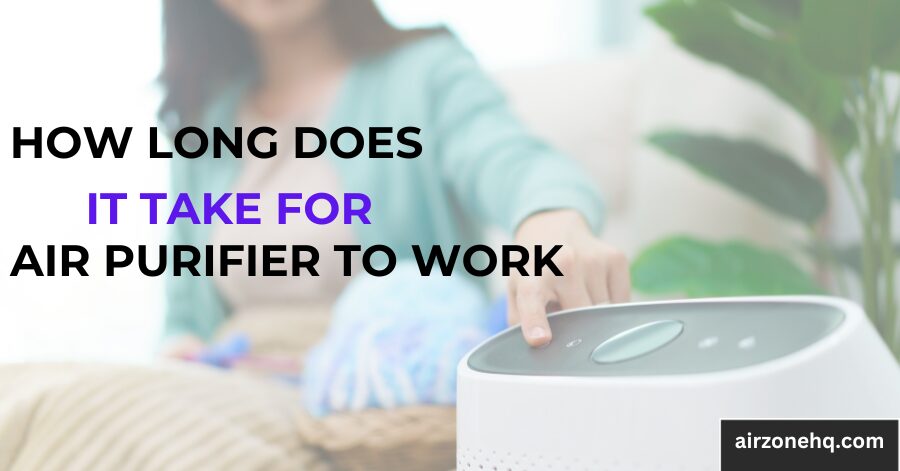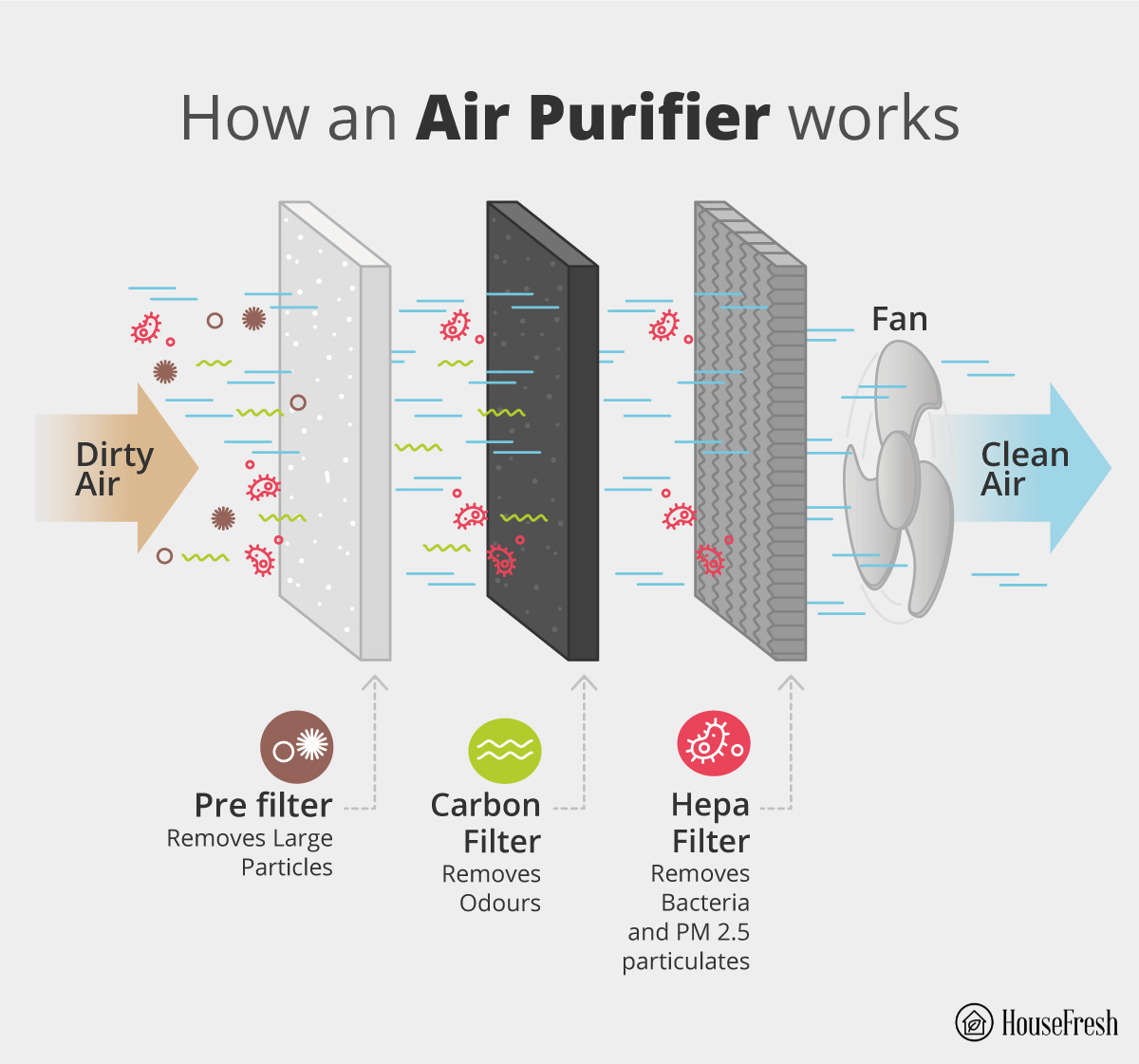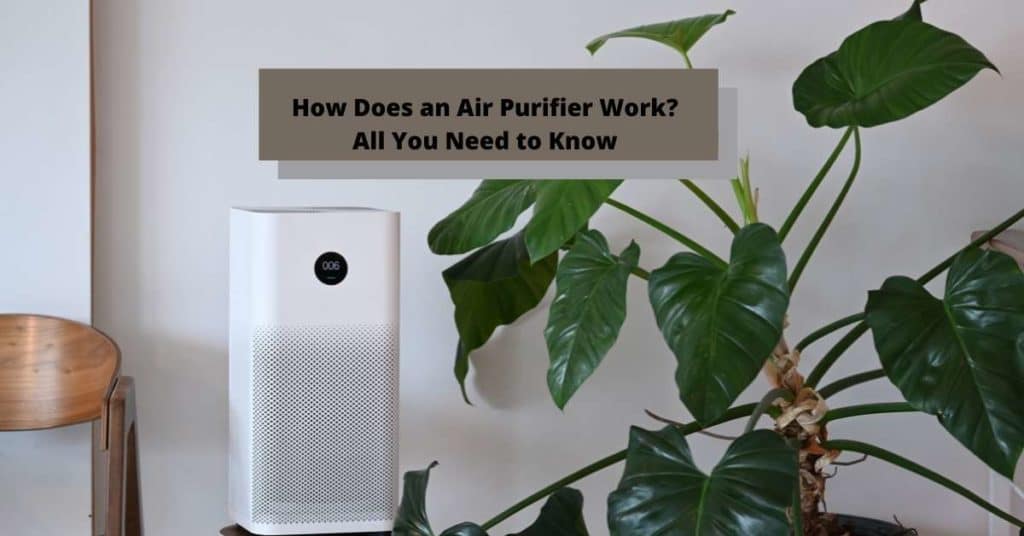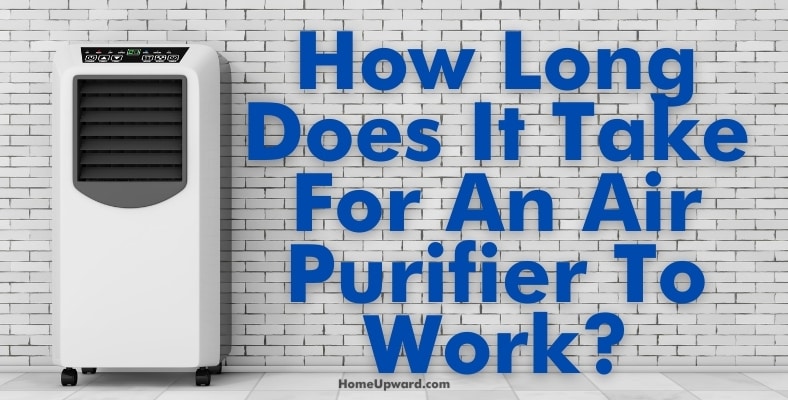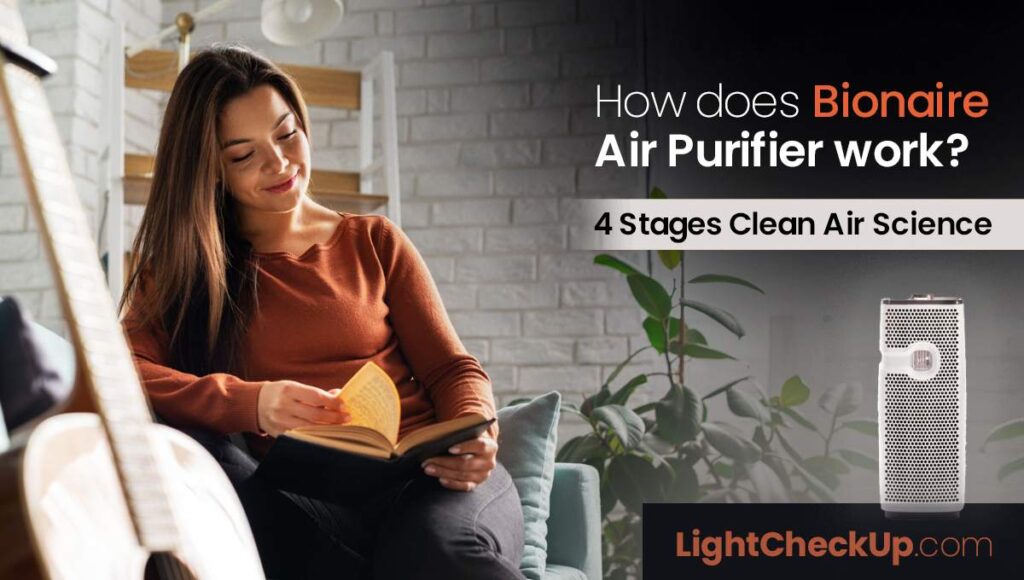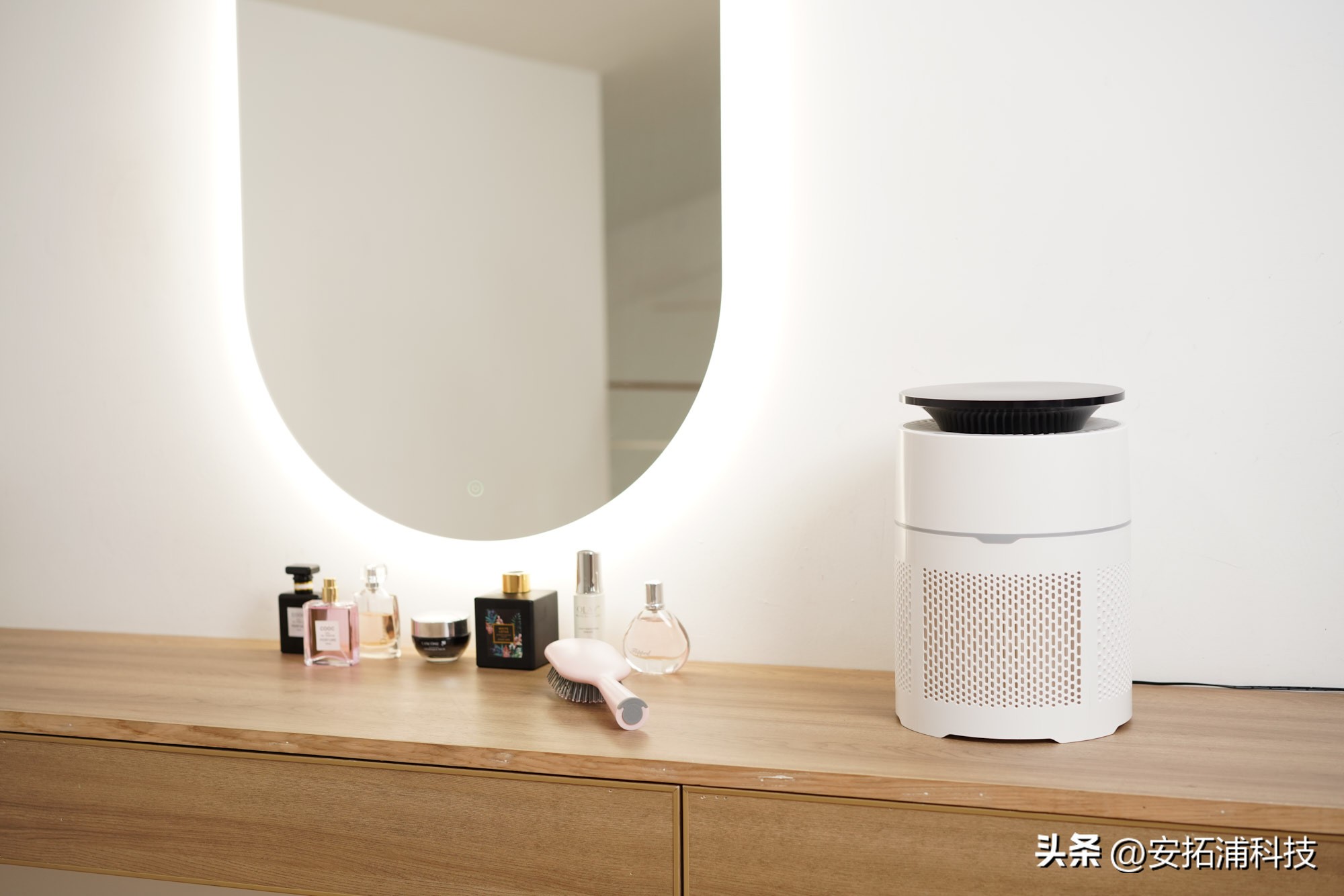How Long Does It Take For Air Purifier To Work

In a world increasingly concerned with indoor air quality, the demand for air purifiers has surged. From homes to offices, these devices promise cleaner, healthier air. But a crucial question lingers: how long does it actually take for an air purifier to work effectively?
This article delves into the science and practical realities behind air purifier performance, examining the factors that influence their speed and efficacy. Understanding these variables is essential for consumers seeking to make informed decisions and manage their expectations regarding indoor air quality improvements.
Factors Influencing Air Purifier Performance
Several key factors determine how quickly an air purifier can clean a room. These include the unit's specifications, the room's size and ventilation, and the types of pollutants present.
Air Purifier Specifications: CADR and Filter Type
The Clean Air Delivery Rate (CADR) is a crucial metric. CADR measures the volume of clean air an air purifier produces per minute for specific pollutants like dust, pollen, and smoke. A higher CADR indicates faster cleaning for a given room size.
Different filter types also impact performance speed. HEPA (High-Efficiency Particulate Air) filters are highly effective at capturing airborne particles. Activated carbon filters excel at removing odors and gases, but have limited impact on particulate matter.
Some purifiers combine multiple filter types for broader pollutant removal. These combination filters can lead to faster overall air quality improvement.
Room Size and Ventilation
An air purifier designed for a small room will struggle to effectively clean a large, open space. The room's square footage and ceiling height determine the overall air volume. Matching the air purifier's CADR to the room size is critical for optimal performance.
Poor ventilation can hinder air purification. Opening windows and doors introduces new pollutants, counteracting the purifier's efforts. Sealing drafts and controlling ventilation are essential for maximizing the purifier's effectiveness.
Types of Pollutants
The type and concentration of pollutants in the air affect how quickly an air purifier can make a difference. High concentrations of particulate matter from construction or smoking will take longer to clear than low levels of everyday dust.
Some pollutants, like volatile organic compounds (VOCs), require specific filter types for effective removal. Air purifiers with activated carbon are needed to target VOCs released from cleaning products, paints, and furniture.
Expected Timeframes for Noticeable Improvement
While the exact timeframe varies based on the aforementioned factors, general guidelines exist for when to expect noticeable improvements in air quality.
Initial Impact (30 Minutes - 2 Hours)
Within the first 30 minutes to 2 hours of operation, many users report a perceptible difference. This includes a reduction in visible dust and a decrease in odors.
The speed of this initial impact depends largely on the air purifier's CADR and the room's initial air quality. For smaller rooms and moderate pollution levels, the difference can be quite noticeable.
Significant Improvement (2 - 6 Hours)
Over a period of 2 to 6 hours, air purifiers typically achieve significant improvement in air quality. Particle counts decrease substantially, and overall air freshness improves.
This is the period when the purifier cycles through the air multiple times, removing a large percentage of airborne pollutants. Regular monitoring of air quality during this period can reveal the purifier's effectiveness.
Sustained Improvement (24 Hours and Beyond)
To maintain consistently clean air, air purifiers should ideally run continuously. After 24 hours of operation, air quality should be noticeably better and more stable.
However, it is crucial to note that this is contingent on maintaining proper ventilation control and regularly replacing or cleaning the filters. Regular maintenance is key for continued performance.
Expert Opinions and Research Findings
Various organizations and experts have conducted research on air purifier effectiveness. Their findings offer valuable insights into the expected timeframes for air quality improvement.
The Environmental Protection Agency (EPA) emphasizes the importance of choosing an air purifier with an appropriate CADR for the room size. They also recommend regular filter replacement to maintain optimal performance.
Studies published in journals like Indoor Air have shown that air purifiers can significantly reduce indoor particulate matter concentrations within hours. However, the specific results depend on the purifier's specifications and the experimental conditions.
Practical Tips for Optimizing Air Purifier Performance
Consumers can take several steps to maximize the speed and effectiveness of their air purifiers.
- Choose the right size: Select an air purifier with a CADR suitable for the room's square footage.
- Position strategically: Place the purifier in a central location with good airflow.
- Maintain filters: Regularly clean or replace filters according to the manufacturer's instructions.
- Control ventilation: Minimize drafts and outdoor pollutant infiltration.
- Monitor air quality: Use an air quality monitor to track the purifier's performance.
Looking Ahead: The Future of Air Purification
The field of air purification is constantly evolving. New technologies and innovations are emerging to improve performance and efficiency.
Advancements in sensor technology allow for real-time air quality monitoring and automated adjustments to purifier settings. Smart air purifiers can adapt to changing conditions and optimize their performance accordingly.
Furthermore, research is ongoing to develop more effective and energy-efficient filter materials. This could lead to air purifiers that clean air faster and consume less power.
Ultimately, understanding the factors that influence air purifier performance, combined with ongoing technological advancements, will empower consumers to create healthier and more comfortable indoor environments. While the initial impact can be felt within hours, sustained and significant improvement requires consistent operation and proper maintenance, paving the way for a future where clean indoor air is readily accessible to all.

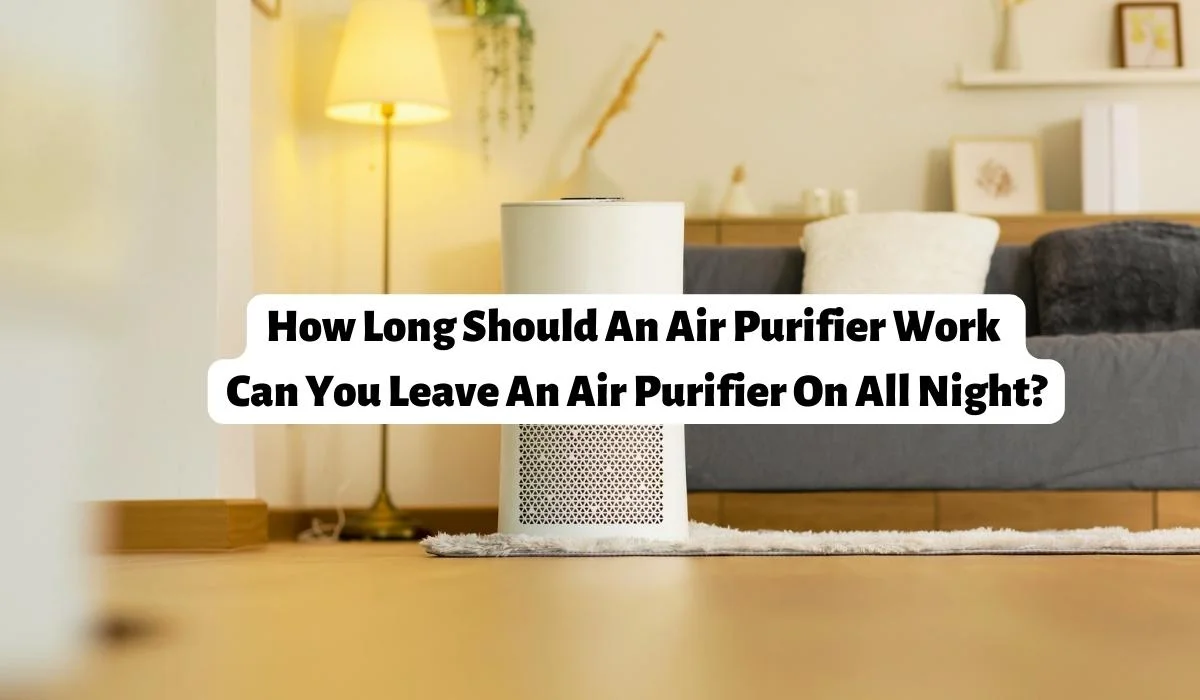


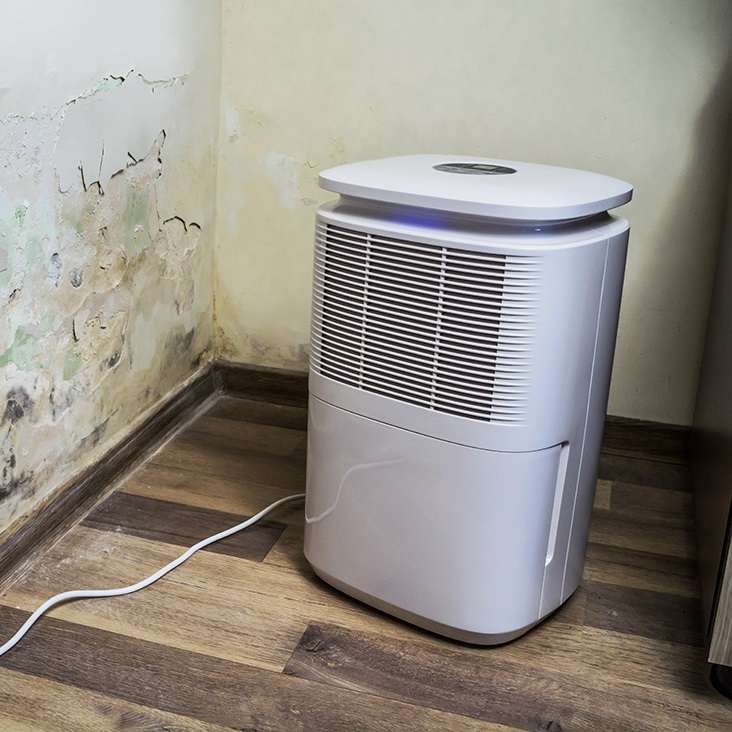
![How Long Does It Take For Air Purifier To Work How Long Do Air Purifiers Take To Work? [Complete Guide]](https://www.smartwisehome.com/wp-content/uploads/Downloader.la-6264c7fc3861a.jpg)
